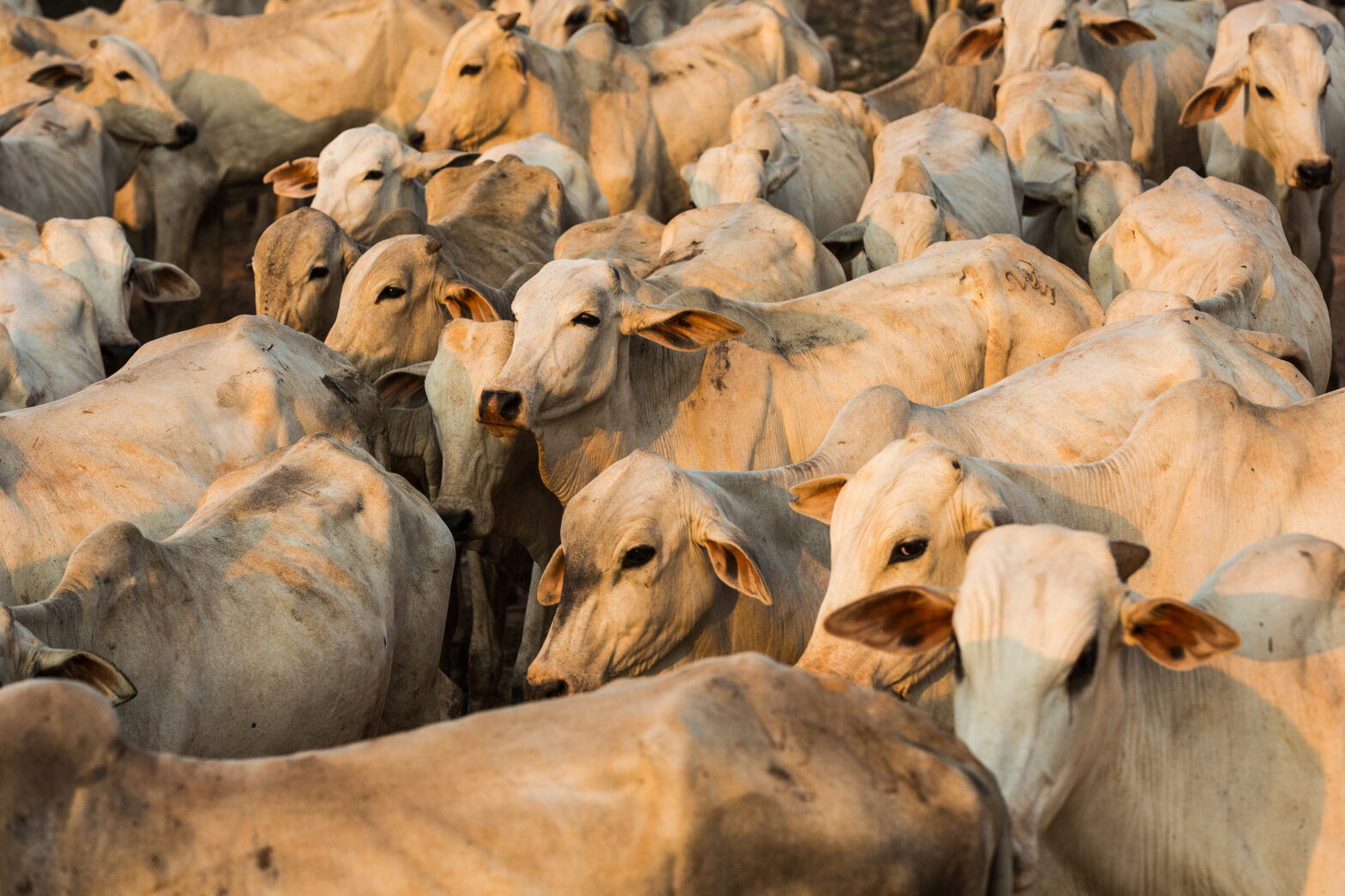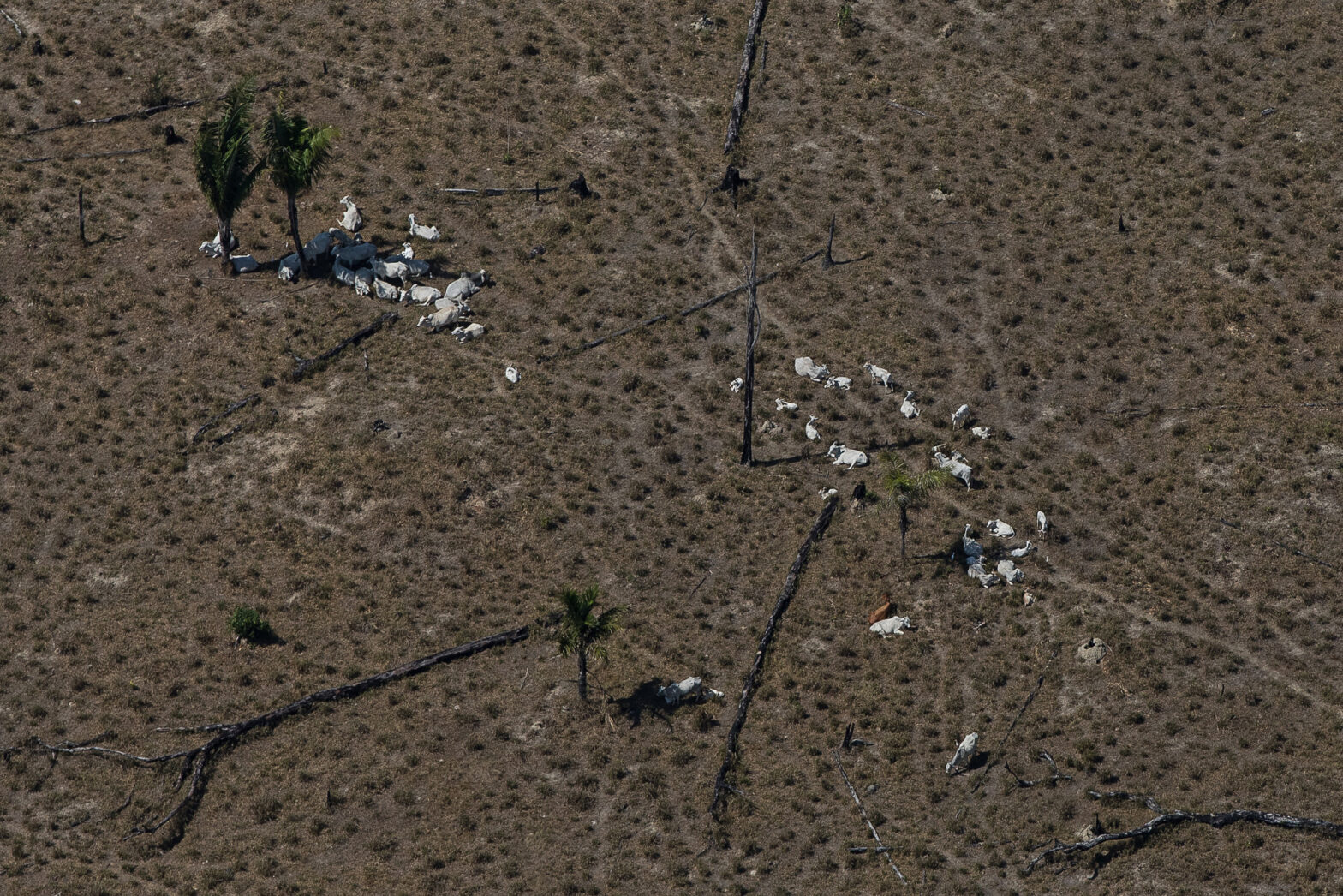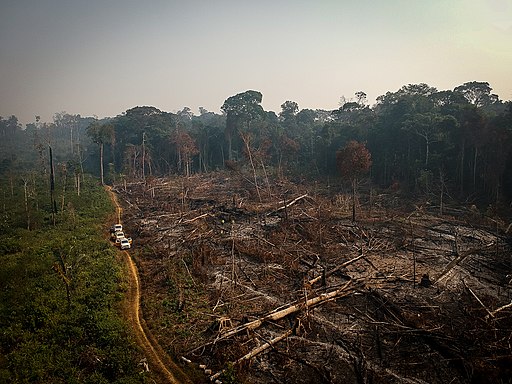A study by PUC-Rio shows that the application of public funds in the rainforest has been distorted and currently benefits mostly large-scale industrial farming.
An analysis by the Climate Policy Initiative of the Pontifical Catholic University of Rio de Janeiro (CPI/PUC-Rio) points out that resources from the Constitutional Fund for the Northern Region (FNO) could help reduce deforestation and fires in the Amazon. To do so, it is necessary to improve criteria and reverse distortions in credit allocations, which mainly benefit the largest producers.
According to the survey, medium and large producers account for 57.2% of FNO credit, while small producers account for only 42.8%, especially in the case of micro, mini, and small producers and in less developed locations. The fund accounts for 36% of total rural credit in the region and is the largest source of credit for 78% of its municipalities. Its resources increased from US$ 1.7 billion (2016/17) to R$ 4 billion (2020/21).
“At first glance, the greater volume offered by the FNO is good news, because rural credit induces the reduction of deforestation. In addition, there are few credit suppliers in the region,” said Priscila Souza, coordinator of CPI/PUC-Rio’s Public Policy and Financial Instruments Evaluation.
In the region covered by the FNO, Banco da Amazônia and Banco do Brasil are the predominant financial institutions. Since 2010, the fund prioritizes those with gross annual income of up to R$16 million (US$ 3.4 million). Before, the ceiling was US$ 64 thousand.
Because of this, virtually every producer in the Amazon has become a priority for the FNO. This is the “distortion” pointed out by the CPI/PUC-Rio study. The other constitutional funds are focused on the Northeast (FNE) and the Center-west (FCO) regions. All of them maintained with resources coming from income and industrialized product taxes.
“The lack of effective prioritization of resources concentrates credits for larger beneficiaries with larger contracts, leading to a shortage of credit for small producers. The FNO has failed to meet its objectives, which were to stimulate economic and social development, strengthen small producers, and reduce regional income disparities,” said Leila Pereira, Financial Instruments analyst at CPI/PUC-Rio.
Changing animal agriculture
Animal agriculture is a historical engine of forest elimination, and public resources are the main source of credits in the sector. “It makes little sense to inject resources into an activity with high socio-environmental impact and low productivity. Without clearer and stricter criteria for granting credits, the funds will continue to encourage deforestation,” said researcher Paulo Barreto, from the Amazon Institute of Man and Environment (Imazon).
Public resources can both expand the elimination of forests and contain deforestation, stimulating gains in production and productivity in the field. But the analysis of the CPI/PUC-Rio points out that, to do so, it is necessary to comply with the requirements of the constitutional funds, which propose to direct resources to small producers and less developed locations. It is also important to make rules simpler to expand access.
It makes little sense to inject resources into an activity with high socio-environmental impact and low productivity. Without clearer and stricter criteria for granting credits, the funds will continue to encourage deforestation
Paulo Barreto, researcher from the Imazon
Having standards that benefit producers and municipalities that are attentive to environmental and forestry legislation or that have eliminated deforestation is another effective tool to contain the destruction of the forest. In 2008, the country restricted credit to producers who did not comply with environmental and land titling requirements.
Paulo Barreto, from Imazon, adds that rural credits can enable climate and environmental agendas. “Instead of subsidizing those who already have money, the country should support low-carbon economies, the restoration and maintenance of forests and other socio-environmental agendas. To do so, it is necessary to overcome the inertia of governments, parliaments, and productive sectors that maintain the current economic machine,” he added.
Clean credit
Zeroing deforestation and climate pollution linked to private and public credits and investments, as well as strengthening low-carbon economies, is one goal of the Glasgow Alliance for the Decarbonization of Financial Services (GFANZ), launched in April at the Earth Day Summit. 450 companies from 45 countries, with combined assets of US$130 trillion, about R$616 trillion at the current exchange rate, take part in the movement.
“Curbing deforestation is essential to achieve zero emissions. Currently, the financial incentives are 40 to 1 in favor of the felling of a tree. This can and should change, and financial institutions have the power to do so by not investing in deforestation, but rather in activities beneficial to forests,” said Alok Sharma, president of COP26, in a statement from the United Kingdom Embassy, on a visit to Brazil.
There are 28 financial companies linked to GFANZ in the country. Of these, 5 are national and manage around US$300 billion in assets, or a third of the Brazilian financial industry. Analyses carried out by the alliance indicate that US$125 trillion of investments over the next three decades are needed for an “economic transformation” that avoids even more severe losses caused by the global climate crisis.
InfoAmazonia’s story for PlenaMata project.




